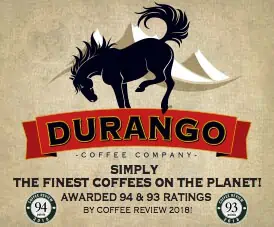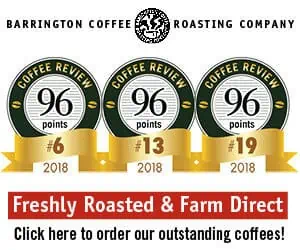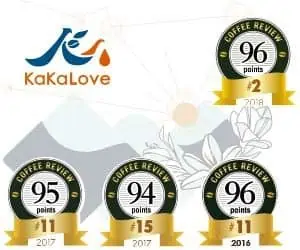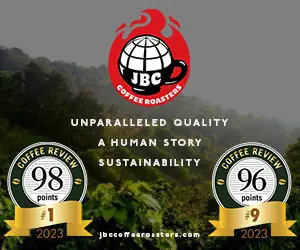As they roast, coffee beans communicate to us by sound and smell as well as by changing color. Although both darkening color and the changing scent and volume of the roasting smoke are helpful indicators of roast development, the sounds of what roasters call the first crack and second crack are the most telling and dramatic of indicators.
Here are the acts in the roasting drama and what they mean for roast flavor:
- Overture. As the roast begins, beans silently turn brownish yellow and smell like bread or burlap. Never stop the roast at this point because the coffee has not yet started to roast.
- First act. Beans turn light brown, begin to smoke slightly, and start smelling more like coffee than bread. Most importantly, the beans begin to produce a rather loud popping or crackling sound. This is the onset of the first crack, the moment the roast transformation begins.
- Second act. Beans turn light to medium brown and the popping of the first crack reaches a crescendo. Stop the roast here, in the middle of the first crack, for a cup that is acidy and sweet but also grain-like and tea-like in flavor.
- Third act. Popping gradually trails away in frequency. Beans turn medium brown. As the popping stops completely the roast smoke may begin to darken slightly and smell sweeter and fuller. Stop the roast here, in the lull at the end of the first crack, if you want a bright, acidy, high-toned, classic "breakfast"-style medium-roast cup.
- Fourth act. A new, more subdued, crackling begins. If the first crack sounds like corn popping, the second crack sounds more like paper being crinkled. Immediately before the second crack begins the roast smoke increases in volume and becomes sweeter and more pungent. Stop the roast here, just at the beginning of the second crack, if you prefer a round, sweet, but still bright cup of the kind roasters often call "full city" or "Viennese."
- Fifth act. From here on, we enter the realm of the "dark" roasts. The crackling of the second crack becomes almost continuous. The smoke thickens and becomes dark and intensely pungent-smelling. The beans turn dark-brown in color. Stop the roast here, just as the second crack rises toward a crescendo, if you enjoy a balanced dark-roast cup: without acidity, pungent yet sweet, full-bodied, with a roasty but not burned flavor.
- Denouement. As the second crack reaches a frenzied climax and a dark, heavy, sweet-smelling smoke fills the air, we reach the end of the roast story. Go no further. Stop the roast here if you enjoy the ultimate dark roast, the kind often called "dark French": burned tasting, thin-bodied, with only a vague overlay of sweetness and little nuance.










